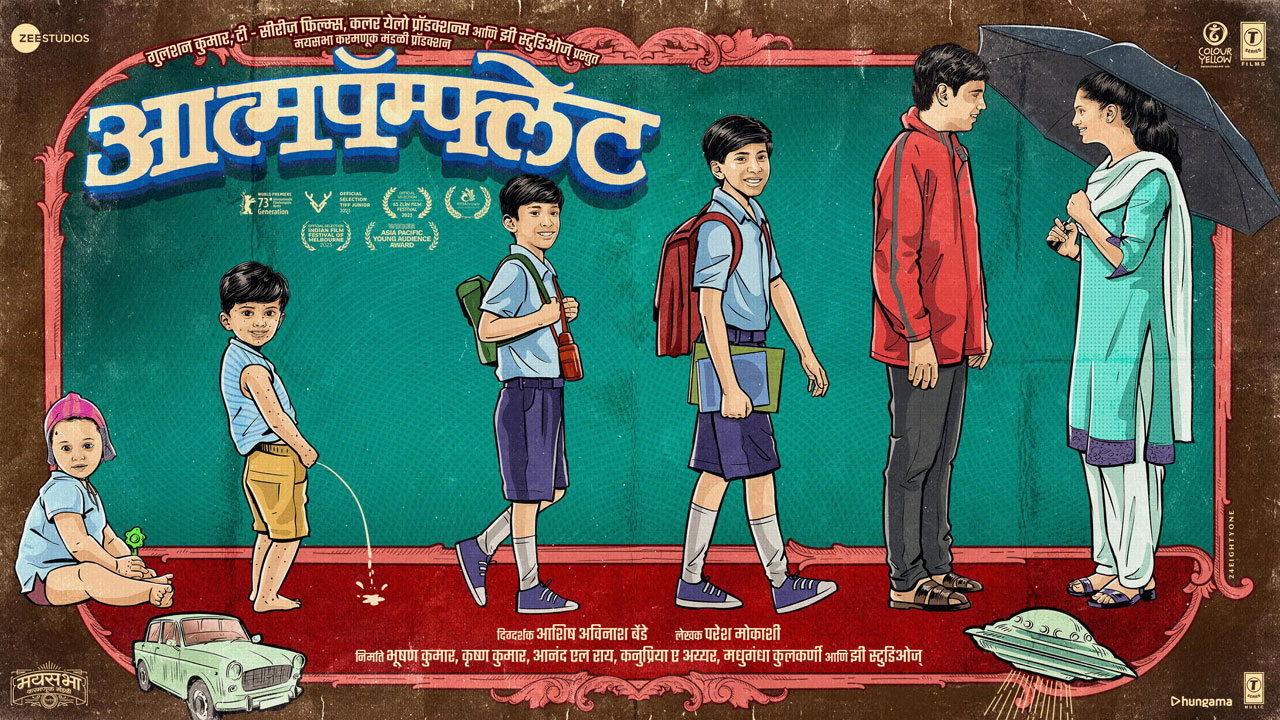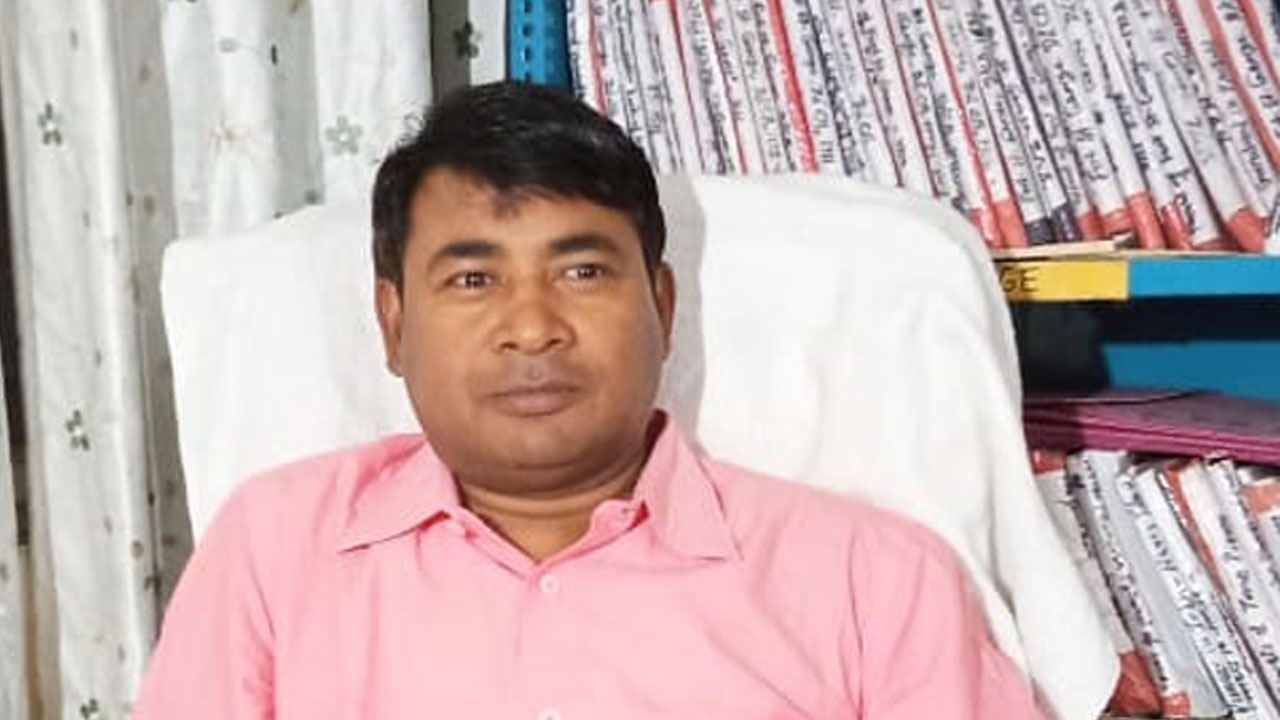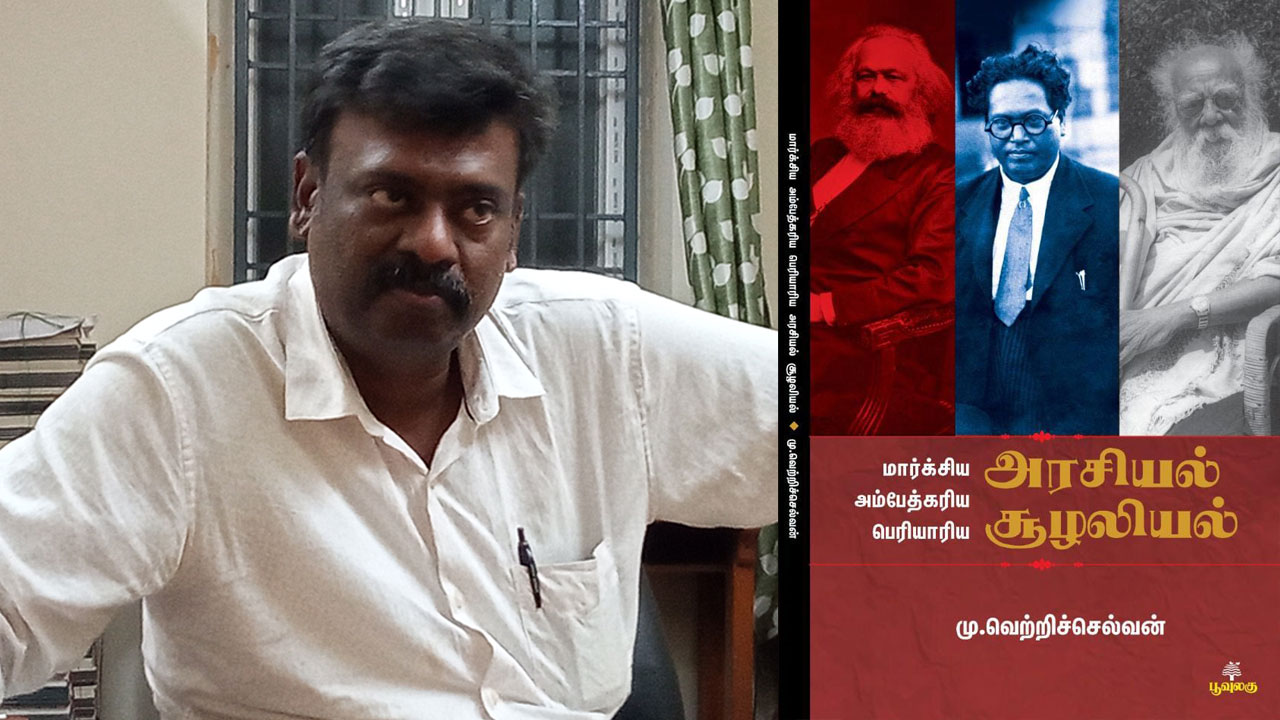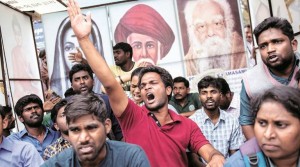 Those who think and reflect and those who dream of building a better society are concerned over the threats to the concept of social justice that have been lingering over the last few years in India. And, mind you, the opponents of social justice are not the only source of these threats; the genesis of some of the threats is within the social justice movement itself. The biggest threat is the narrowing down of this very concept. Social justice means providing justice to all those people who have had to face injustice having been subject to some form of dominance. They may have had to face injustice due to their varna, ethnicity, profession, gender, economic status, region, religion, tradition, language or physique. Social justice, basically, is an incessant battle against privilegesbased meritocracy. Humanism and compassion are the cornerstones of this battle. The idea of securing an equal opportunity for all and the theory of social diversity are its sword and rifle.
Those who think and reflect and those who dream of building a better society are concerned over the threats to the concept of social justice that have been lingering over the last few years in India. And, mind you, the opponents of social justice are not the only source of these threats; the genesis of some of the threats is within the social justice movement itself. The biggest threat is the narrowing down of this very concept. Social justice means providing justice to all those people who have had to face injustice having been subject to some form of dominance. They may have had to face injustice due to their varna, ethnicity, profession, gender, economic status, region, religion, tradition, language or physique. Social justice, basically, is an incessant battle against privilegesbased meritocracy. Humanism and compassion are the cornerstones of this battle. The idea of securing an equal opportunity for all and the theory of social diversity are its sword and rifle.
But today, the politics of social justice has come to mean electoral victories of a few people hailing from deprived communities. At the systemic level, it has been confined to reservations in government jobs and in government-run institutions of higher learning that, more often than not, provide low-quality education. At the most, some people demand that reservations should be extended to the private sector. This is considered the be-all and end-all of the battle for social justice.
Social justice coming to mean securing degrees or jobs to a few is in itself a big threat to the concept. The ultimate dream of social justice is building a society free from all kinds of discriminations. In this sense, it is an extension of the thoughts of Buddha, Christ, Kabir and Marx. Those fighting for social justice are, undoubtedly, responsible for the constriction of the meaning of the concept. But the dominant section of Indian society also wants the battle to be confined to these issues and to be waged between different groups – all under their thumb.
There is an example from Indian politics to illustrate this point. In the battle for social justice in India, the Dwijs are on one side and the Shudras, Ati-shudras and Tribals – who are in a majority –on the other. The Dwijs are a minority while Shudras, Ati-shudras and Tribals are the majority. Both the major political parties – Congress and Bharatiya Janata Party – have OBC, Dalit and Tribal cells in their organizational set-up. This, in a sense, is an attempt to split the struggle of the Bahujan sections into different cells. Once the different Bahujan communities become confined to different cells, the minority Dwijs automatically become the mainstream of Indian politics. This leaves the Bahujans with very little to do apart from counting the number of members of their community in Parliament, the Council of Ministers, PMO and other key centres of power. To perpetuate their domination, these Dwij forces have distorted the meaning of the word “minority”. Today, in Indian politics, the term “minority” has become synonymous with Muslims. There are separate cells for Muslims in all parties. Muslims, who form 13.4 per cent of India’s population, are not a true minority – at least not in terms of the number of their votes. If Muslims are the minority, who are the majority? Some may say Hindus. But then, why are there OBC and Dalit cells for the Hindus? In a democracy, the majority plays a very important role. That is why the elite class uses various stratagems at the political and social level to break the unity of the Pasmanda Muslims (Shudras), Dalits, Tribals and other real minority communities like Christians (2.3 per cent) and Buddhists (0.8 per cent), which, taken together, constitute the broad “Bahujan” category.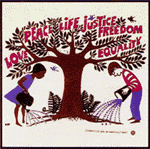
On the other hand, majoritarianism and social justice are poles apart. That is why the distinction between “Bahujanism” and majoritarianism needs to be clearly understood. The word “Bahujan” has its origins in the Buddhist maxim of “Bahujan Hitay, Bahujan Sukhay”. “Bahujanism” means that which is in the interest of the maximum number of people. Repulsing the selfish efforts of the minority forces to establish their domination is an integral part of Bahujanism. Bahujanism means letting everyone grow and prosper. No one should be allowed to dominate anyone. Majoritarianism, on the other hand, means the social, economic and political domination of the majority over the minority and the undermining of the latter’s culture.
This is what the politics of Hindutva is basically trying to achieve, although historically, in India, the politics of Brahmanism – which is basically minoritarianism and not majoritarianism – has been stronger than that of Hindutva. We will have to protect the concept of social justice from both these extremes and reach out to the last person of the last community who, for some reason, has had to face deprivation.
Reservations are important. They are an important tool to provide social representation. The only thing that the Bahujans of India have received from the state is reservation. They do not have any representation in economic, social and cultural power centres.
The number of Indians in the list of world’s richest people is growing. Such lists have been hitting the headlines for some years now. Forget those multibillionaires, not a single OBC, Dalit, Tribal or Pasmanda Muslim figures in the list of India’s richest people. At this point, your might be reminded of the industrialists associated with Dalit Chamber of Commerce (DICCI). The success achieved by these industrialists, while battling the odds, deserves appreciation but they stand nowhere compared with the rich India in dustrialists. They are dwarfed – like a camel standing at the foot of a mountain.
Why, for instance, one may ask, despite so many political victories, no Bahujan owns a “mainstream” newspaper or TV channel, at least in north India? This is an important question, but the answer is straightforward: No Bahujan has the economic muscle to launch a TV channel or a daily newspaper that can compete with the existing newspapers and channels. Merely claiming that the big Bahujan names have the means to do it serves no purpose in this context. In this age of media monopoly, launching a media house is akin to establishing an empire. And no one, barring the richest 100-150 Indians, has that much money. And no Bahujan figures in this list.
Be that as it may, the objective of social justice is neither limited to securing jobs for the Bahujans nor to producing multimillionaires. In this context, one has to but agree with the formulation of H.L. Dusadh, founder of the Bahujan Diversity Mission, that ensuring social diversity in all centres of power and in the ownership of all resources is the only way to bring about social justice. Reservation is an important first step in that direction. However, it is essential that we don’t stop here or lose sight of the road ahead. With this issue of FORWARD Press we are launching a discourse on the different dimensions of social justice. In the forthcoming issues, we will be publishing more material on this subject in a bid to widen the concept of social justice.
Published in the January 2016 issue of the FORWARD Press magazine

